Manual Therapy
What is Manual Therapy?
No one wants to be put in a bad position, so why should your body? Manual Therapy is the foundation of restorative and performance physical therapy. Hands-on treatment by a skilled physical therapist can lead to great improvements in range of motion, muscle activation, and pain reduction. As a result, treatments optimize the body for greater mobility, strength increases, and natural healing.
-
Instrument Assisted Soft Tissue Mobilization
IASTM is a technique that has evolved from the ancient Chinese technique of ‘gua sha.’ It is the skilled intervention that includes the use of specialized tools to manipulate the skin, myofascia, muscles, and tendons by various direct compressive stroke techniques using specialized materials. This helps break down fascial restrictions and scar tissue which leads to the stimulation of a local inflammatory response, reabsorption of those tissues, and healing/recovery.
-
Fascial Manipulation
When you hear someone say that everything is connected in the body, it’s because of fascia. Fascia is the connective tissue that synergizes muscles to one another, surrounds our tissues, and is highly responsible for our nerve interactions. Restrictions found in this tissue or build up from previous surgeries, injuries, or compensations can cause significant alterations to how our body perceives itself and thereby limits its ability to perform pain-free and optimally. Fascia Manipulation is focused on identifying the chains of tissues and restoring them to their natural state, muscular and internally.
This has been proven to be an effective treatment for:
chronic pain
fibromyalgia
CRPS
Dysmenorrhea (painful menstrual cycles)
Headaches, migraines
Carpal Tunnel Syndrome
Thoracic Outlet Syndrome
Tendinopathy
Constipation
Ovarian cysts
And much more!
-
Cupping
Cupping is a ancient technique derived from Chinese Medicine where a glass or plastic cup is used to create a suction force on the skin. This practice has been widely noticed due to its popularity during the 2008 Olympics. The treatment promotes greater circulation by stressing the capillaries and stimulating the body’s natural healing process. It is occasionally painful and leaves no lasting damage, although you may have its iconic bruised circles on your skin that may last 2-10 days.
It is often used to treat:
Sore muscles
Neck, shoulder, back, and knee pain
Migraines, headaches
Fibromyalgia
Muscle spasms
FAQs
-
While we are big supporters of massage therapy and often recommend massage therapists for maintenance work, physical therapists are uniquely equipped and trained on the assessment of not only the musculoskeletal system but how the anatomy works in conjunction with the neurological to create movement. Hands-on techniques are often not long-lasting or as effective when performed in a vacuum and often require a skilled evaluation, diagnosis, and corrective exercise prescription that massage therapists are not trained to complete, and in fact, legally unable to perform or prescribe.
Our manual therapy assessments are not just to correct your tissue abnormalities but also to identify the true source of pain and injury which may be many body segments away from your perceived pain. Combined with our top-notch movement assessment and retraining, our patients often find longer lasting results and complete resolution.
-
Physical therapy is often endearingly known as “physical torture,” “pain and torture,” or “physical terrorist.” Without dodging the question, the answer is yes. However, what sets the manual therapy apart at W Movement is that the pain that you will experience rarely results in a lasting ‘soreness.’ That is because our goal is not to further damage your tissue or ‘search and destroy’ like many traditional physical therapists.
Our methodology is to identify the source and treat it responsibly. This often means identifying the tissue and the corresponding nerves that are alerting your brain to the pain and releasing the tension on it. This usually results in a sensitive to the touch pain as your nerves begin to reset and blood circulation returns to the traumatized area, similar to your ears defrosting after being out in the cold for too long.
-
Manual therapy will be performed based on a reassessment each visit. Patients generally only require 1 visit per week until their rehabilitative exercises and strength catches up to keep their body in a good alignment and function. This timeframe varies from person to person but muscles usually require 3-4 weeks to create new muscle cells!
